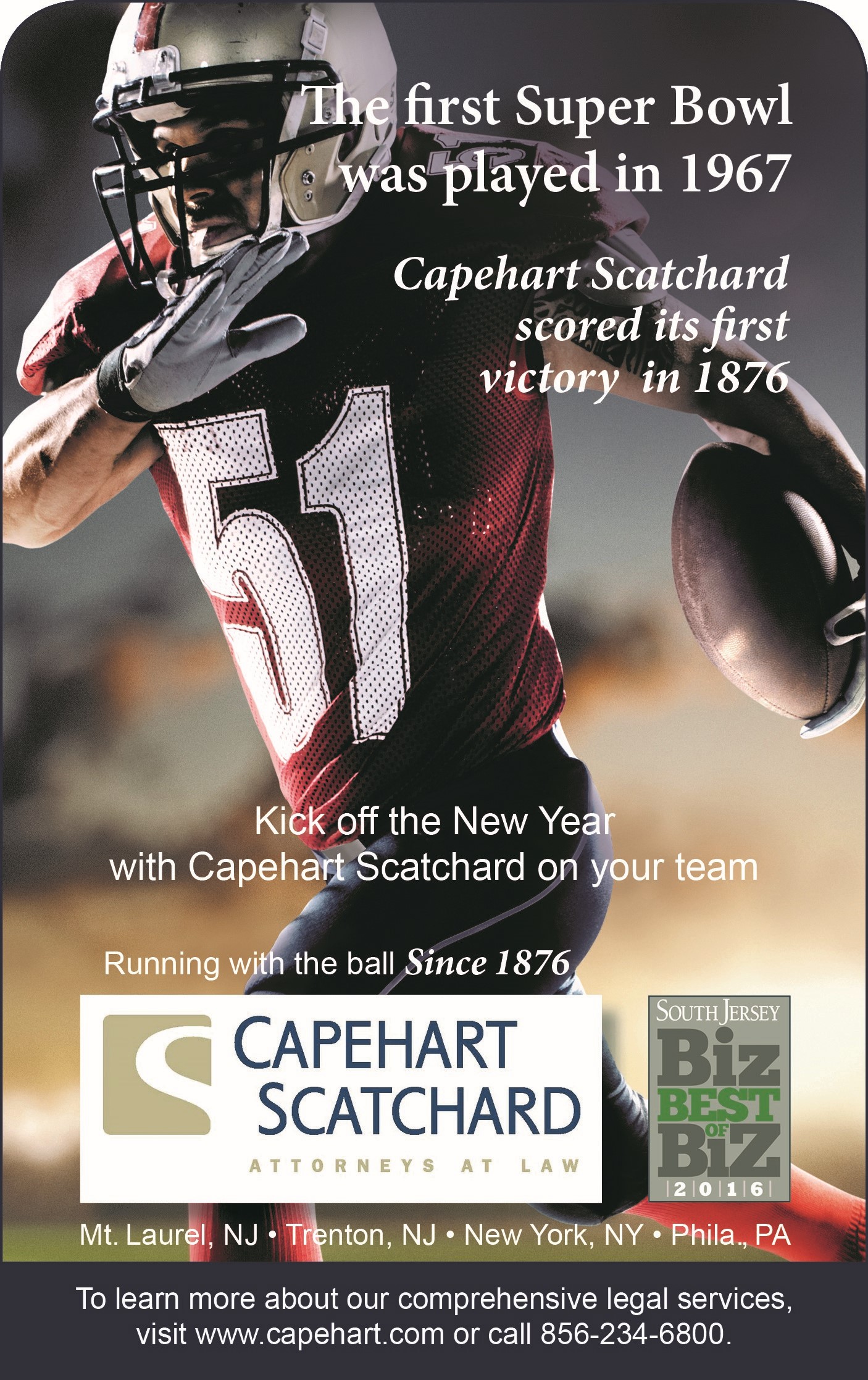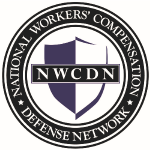Appellate Division Affirms Award of UPS Driver’s Motion for Med and Temp
Roy Hendrickson worked for thirty years at UPS. His first 19 years were as a package car driver making over 100 stops per day to deliver or pick up packages. He injured his back in 1992 but did not file a workers’ compensation claim. In 2002 he injured his back lifting a heavy package, losing two months of work time. He was diagnosed with sprains, degenerative disc disease and stenosis. He received an award of 15% permanent partial disability. He reopened that claim in 2004, settling for 17.5% credit 15% for the prior award.
In 2006 Hendrickson began working as a feeder driver for UPS, driving tractor-trailers to New York City, the Meadowlands, Secaucus, Cranbury and locations in New England. He drove trucks without air ride suspensions, testifying that he felt shocks and vibrations over pot-hole ridden roads. He said this activity caused additional pain in his low back, requiring acupuncture treatment.
In 2008 Hendrickson also began working as a shifter driver, which required backing the truck into a trailer and “hitting the pin” to connect the two. He testified that every time he made the connection, around 75 times per day, there was an impact such that he felt as though he were being punched in the back.
In 2012 Hendrickson was at a mall and collapsed due to pain and numbness radiating down his legs from his low back. His chiropractor sent him for an MRI in August 2013, which showed herniated discs at L3-4 and L4-5 along with severe stenosis. His chiropractor refused to treat him after the MRI study, so Hendrickson saw a surgeon who recommended bilateral nerve blocks. When that failed to relieve his pain, Hendrickson opted for surgery in March 2014 to decompress the disc at L4-5. The surgery provided three months’ relief, but a repeat MRI showed persistent disc herniation at L4-5 with impingement on the L5 nerve root. Hendrickson said he continued to work in pain but avoided any non-work activities that might increase his pain.
Hendrickson filed a Claim Petition and a Motion for Medical and Temporary Disability Benefits, asserting that UPS should pay for his back surgery and lost wages based on occupational injuries over the years. UPS opposed the motion and argued that the claim was time barred because the back problems stemmed from the 2002 trauma. That claim had not been reopened but once, concluding many years ago.
Petitioner produced testimony from Dr. Michael Cohen, who contended that petitioner’s back problems were not the result of trauma suffered in 2002 but rather repetitive occupational stress over the years. Dr. Nirav Shah on behalf of UPS testified that petitioner suffered an injury to his back on April 16, 2014 from lifting packages. However, the record did not support Dr. Shah’s assertion that there was a work accident on April 16, 2014. Dr. Shah testified that petitioner’s back revealed multiple herniations that were the result of chronic degenerative changes in the spine. He said these changes progressed naturally, not from repetitive occupational exposures.
The Judge of Compensation found Dr. Cohen to be more persuasive than Dr. Shah. The judge credited petitioner’s testimony that the 2006 transfer to feeder and shifter work worsened his spine condition. The judge noted that petitioner frequently bounced around in his truck when driving over potholes or bumps in the road. The judge further noted that the action of hitting the pin in connecting vehicles created a sensation of petitioner being hit in the low back. He found Dr. Cohen credible in explaining how driving a tractor trailer objectively worsened petitioner’s low back. The Judge found Dr. Shah less than credible because in part Dr. Shah mistakenly believed there was a 2014 traumatic accident. The judge found that there was aggravation and acceleration of petitioner’s spine from 2006 to 2013 caused by work.
UPS appealed and argued again that petitioner’s claim petition was barred by the statute of limitations because everything went back to 2002 accident. The legal argument was interesting, pitting two major case precedents against each other. UPS argued that this was like the case of Peterson v. Hermann Forwarding Co., 267 N.J. Super. 493 (App. Div. 1993), certif. denied, 135 N.J. 304 (1994). In that case a trauma occurred to a truck driver, whose back got progressively worse after the next five brief trucking jobs he worked, eventually leading to total disability. The Appellate Division placed responsibility in that case on the first employer with the traumatic event, stating that there was no objective proof of worsening over the next five employments. All of the occupational claims were dismissed.
Petitioner relied on the case of Singletary v. WAWA, 406 N.J. Super. 558 (App. Div. 2009). The rule in that case was that “Very short periods of employment . . . may allow no reasonable inference of material contribution to disability. In contrast, long periods of physically taxing employment, such as the five years Singletary worked at WAWA after her December 2001 accident, may reasonably support a finding of material contribution of disability.” The Appellate Division disagreed with UPS and concluded that petitioner’s occupational exposure was largely responsible for causing petitioner’s medical issues. Counsel for Hendrickson, Mr. Richard Schibell, Esq., contended that petitioner’s back pain progressively worsened over the years due to ongoing stressors at work, and that there was no statute of limitations issue since petitioner was still being exposed to occupational injuries when he filed the claim petition.
The case can be found at Hendrickson v. UPS, A-3627-15T2 (App. Div. July 11, 2017). The case shows how an occupational orthopedic disease claim must be proved in order to prevail in workers’ compensation. There must be detailed testimony by the employee or co-employees of credible physical stressors, and then credible medical testimony linking those physical stressors to the medical condition afflicting the claimant.









Connect with Capehart Scatchard